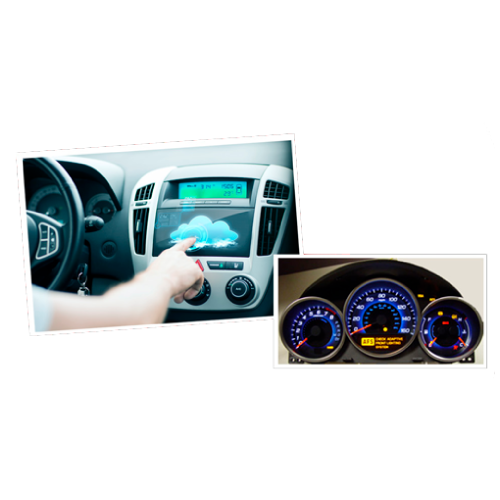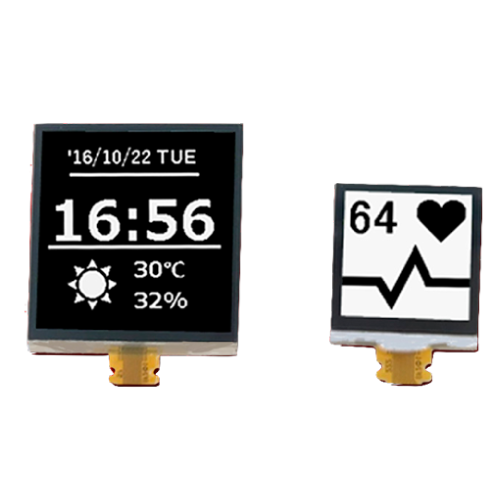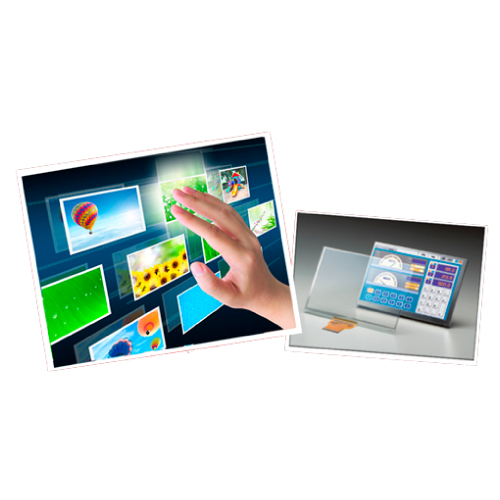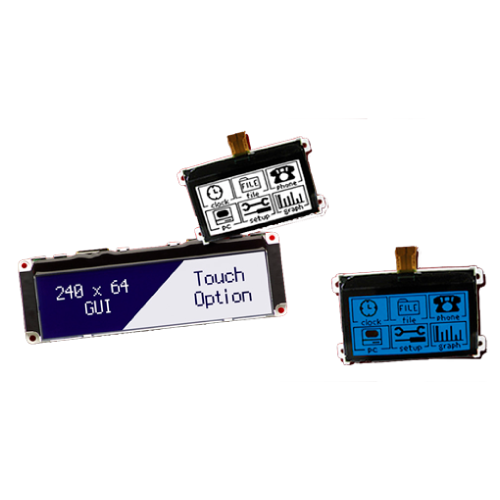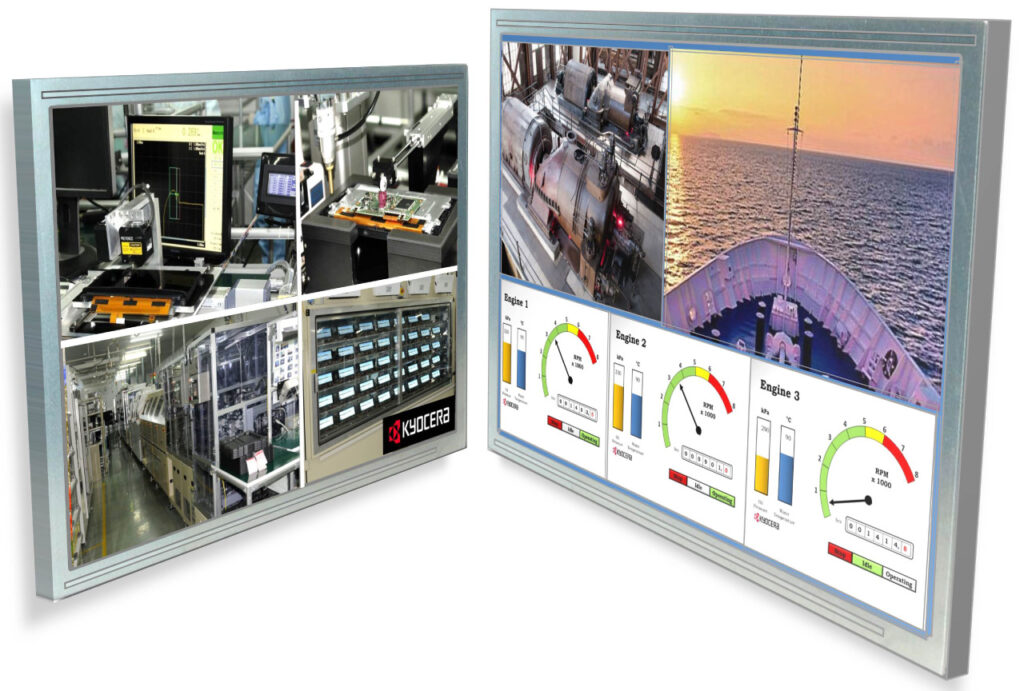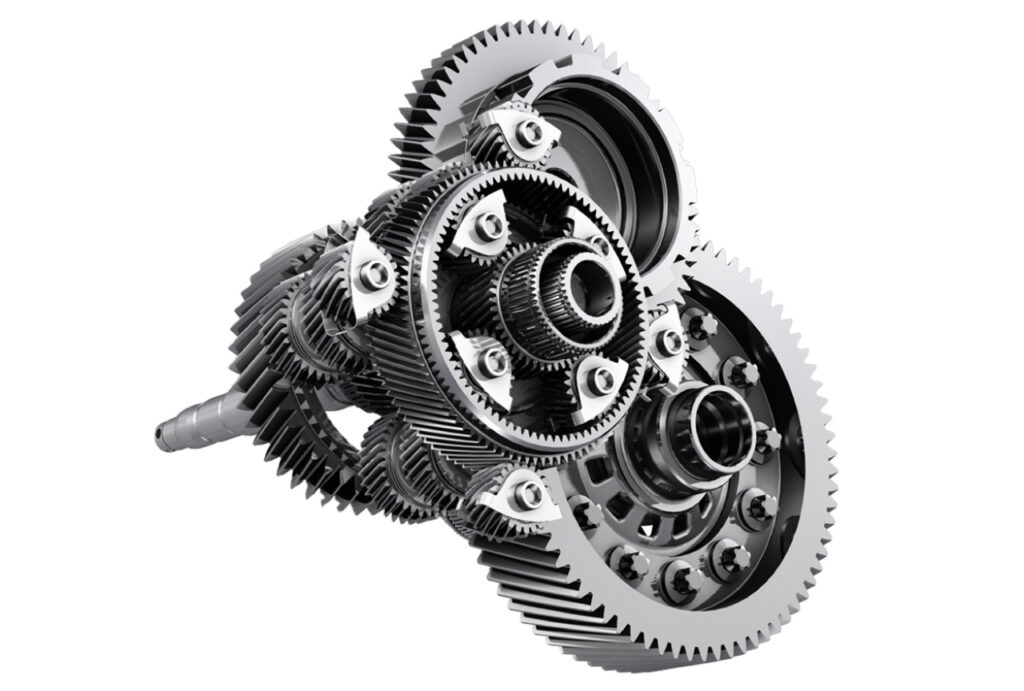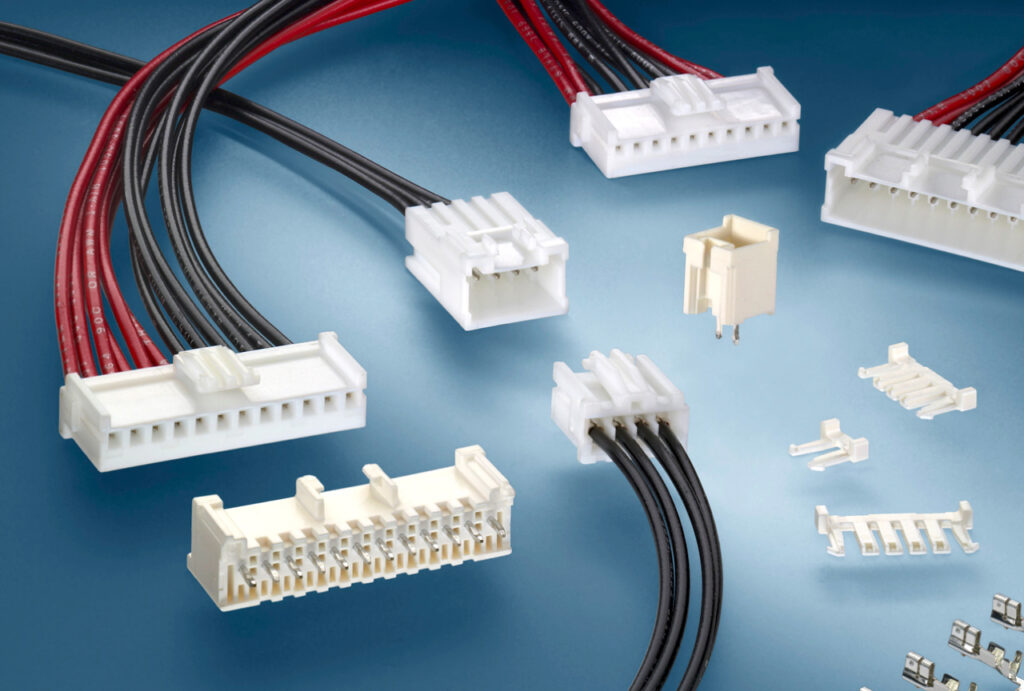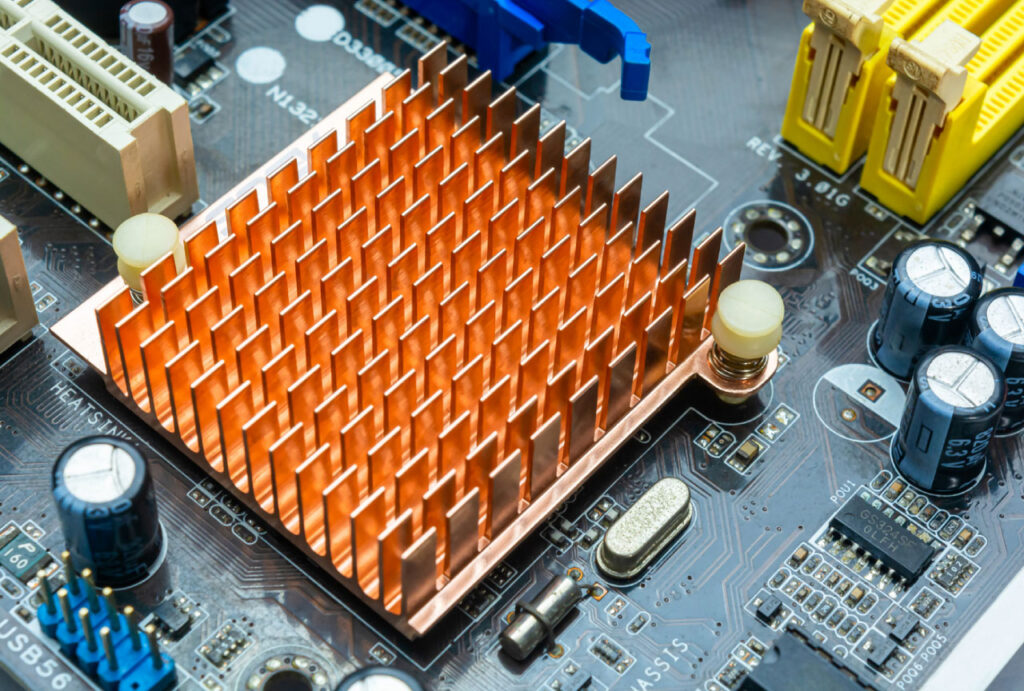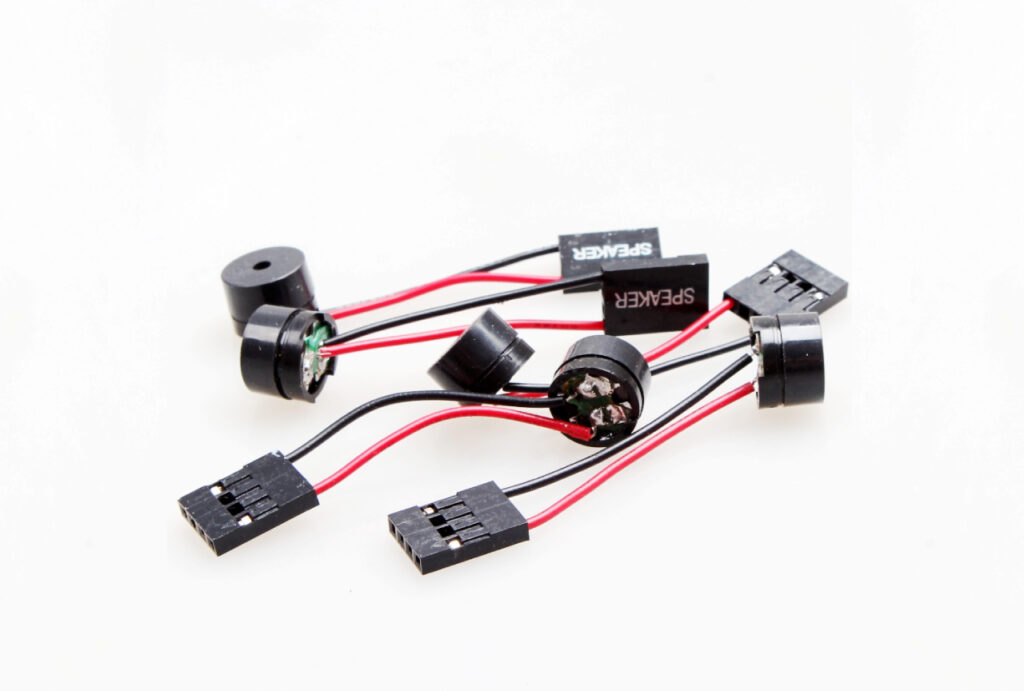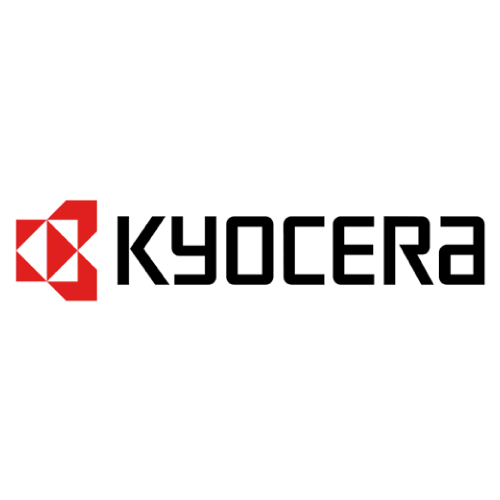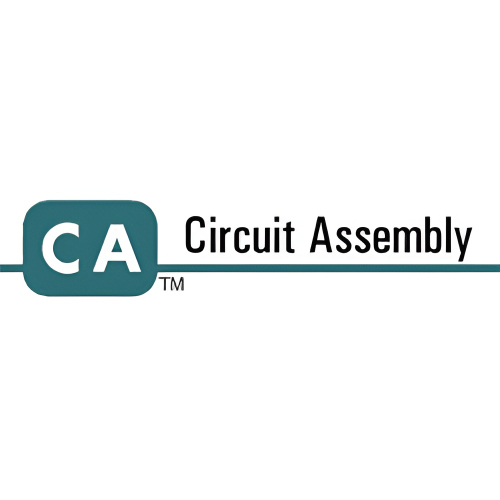Pantallas Automotrices
Inicio » Productos » Pantallas LCD » Exhibiciones automotrices
A medida que avanza la tecnología, las pantallas automotrices también han evolucionado. Las pantallas LCD para automóviles son una de esas innovaciones que ha transformado la forma en que interactuamos con nuestros vehículos. La tecnología de pantalla LCD se ha vuelto cada vez más popular en los últimos años debido a su pantalla de alta calidad y eficiencia. Sus diversas aplicaciones van desde HUD, grupos de instrumentos y productos de información y entretenimiento, que incorporan estas tecnologías.
Caracteristicas
- Alto contraste, alta saturación de color
- Visión amplia avanzada (AWV) para una fidelidad de color real
- Brillo súper alto (SHB)
- Amplio rango de temperatura
- Pantallas brillantes de alta densidad, alta transmisión
Tamaño:
- 1.8″
- 3.5″
- 4.2″
- 5.0″
- 5.7″
- 7.0″
- 8.0″
- 8.8″
Acerca de
Cómo funciona la tecnología
Las pantallas LCD para automóviles utilizan cristales líquidos para mostrar imágenes en la pantalla. Estos cristales líquidos están intercalados entre dos capas de vidrio y, cuando se aplica una corriente eléctrica, se alinean de una manera específica para crear imágenes en la pantalla. La pantalla LCD consta de varias capas, incluida una capa de luz de fondo, una capa de filtro de color y una capa polarizadora.
La capa de luz de fondo es responsable de iluminar la pantalla, mientras que la capa de filtro de color ayuda a producir colores precisos y vibrantes. La capa polarizadora es responsable de controlar la dirección de la luz que pasa a través de la pantalla.
Ventajas y limitaciones
La principal ventaja de las pantallas LCD para automóviles es su pantalla de alta calidad, que proporciona imágenes claras y nítidas. También tienen una frecuencia de actualización más rápida, lo que los hace más receptivos a las entradas de los usuarios. Las pantallas LCD para automóviles también son eficientes y consumen menos energía que otras tecnologías de visualización, como las pantallas CRT.
Una de las limitaciones de las pantallas LCD para automóviles es que pueden ser difíciles de leer a la luz del sol. Además, es posible que no sean tan duraderos como otras tecnologías de visualización, como las pantallas LED, y pueden sufrir una imagen quemada con el tiempo.
Aplicaciones
Las pantallas LCD automotrices se utilizan en diversas aplicaciones, incluidos los sistemas de información y entretenimiento, los grupos de instrumentos y las pantallas de visualización frontal. Los sistemas de información y entretenimiento permiten a los conductores y pasajeros acceder a música, navegación y otras funciones a través de una interfaz de pantalla táctil. Los grupos de instrumentos muestran información importante, como la velocidad, el nivel de combustible y la temperatura del motor. Las pantallas de visualización frontal brindan información como la velocidad, las direcciones y las alertas de tráfico, proyectadas en el parabrisas frente al conductor.
Conclusión
Las pantallas LCD para automóviles han revolucionado la forma en que interactuamos con nuestros vehículos. Su pantalla de alta calidad, eficiencia y capacidad de respuesta los convierten en una opción ideal para aplicaciones automotrices. Aunque tienen algunas limitaciones, como que son difíciles de leer a la luz del sol, los beneficios superan los inconvenientes. A medida que la tecnología continúa avanzando, podemos esperar ver aún más avances en las pantallas automotrices, mejorando aún más nuestra experiencia de conducción.
